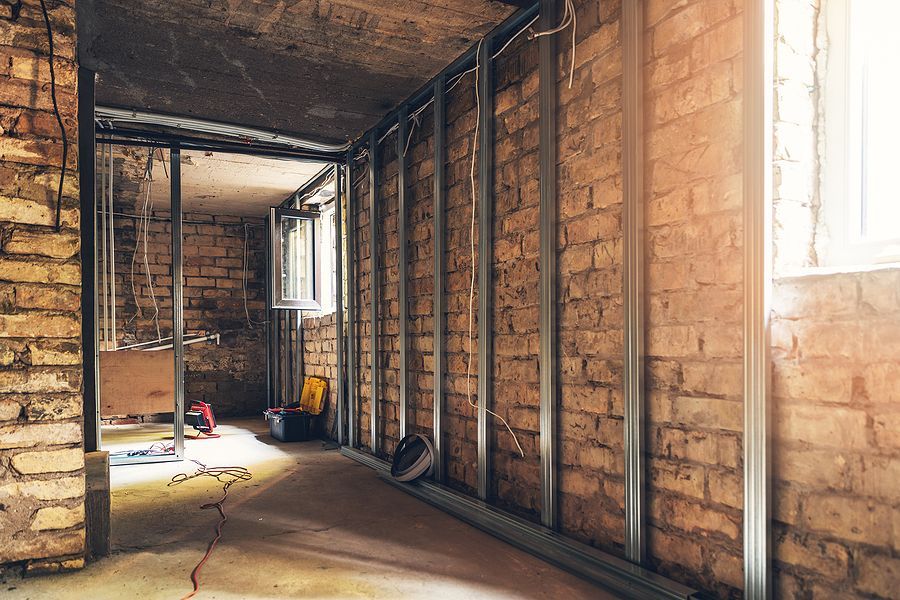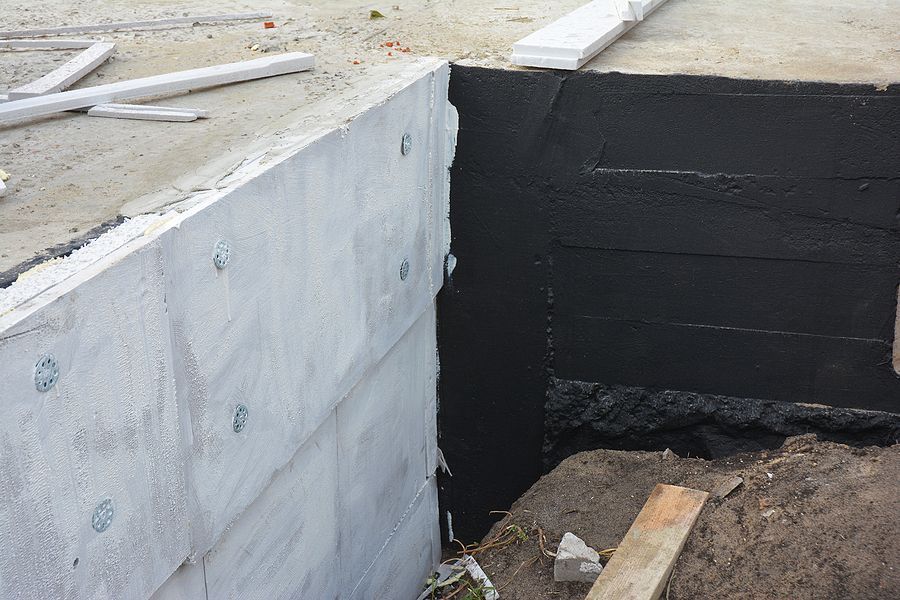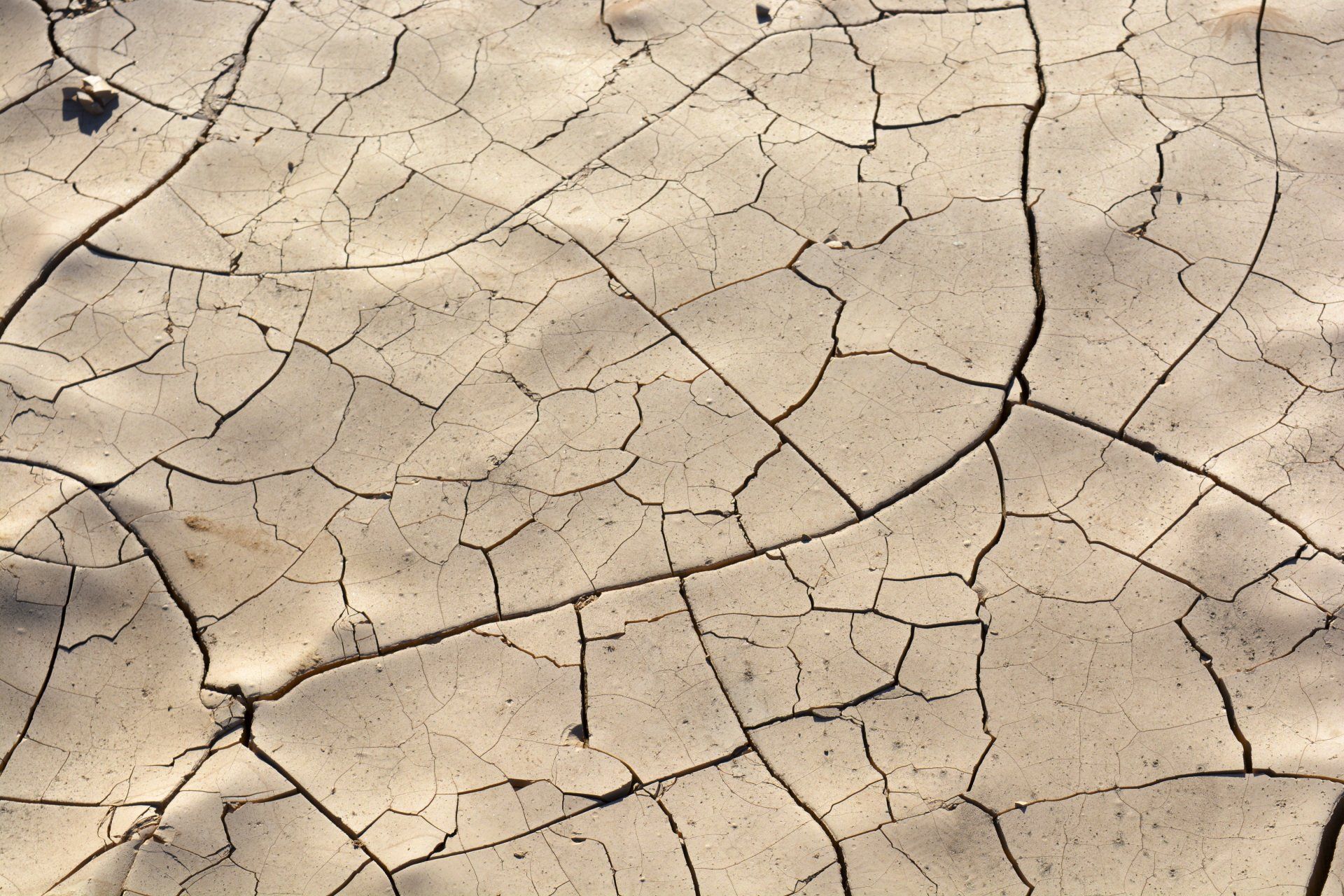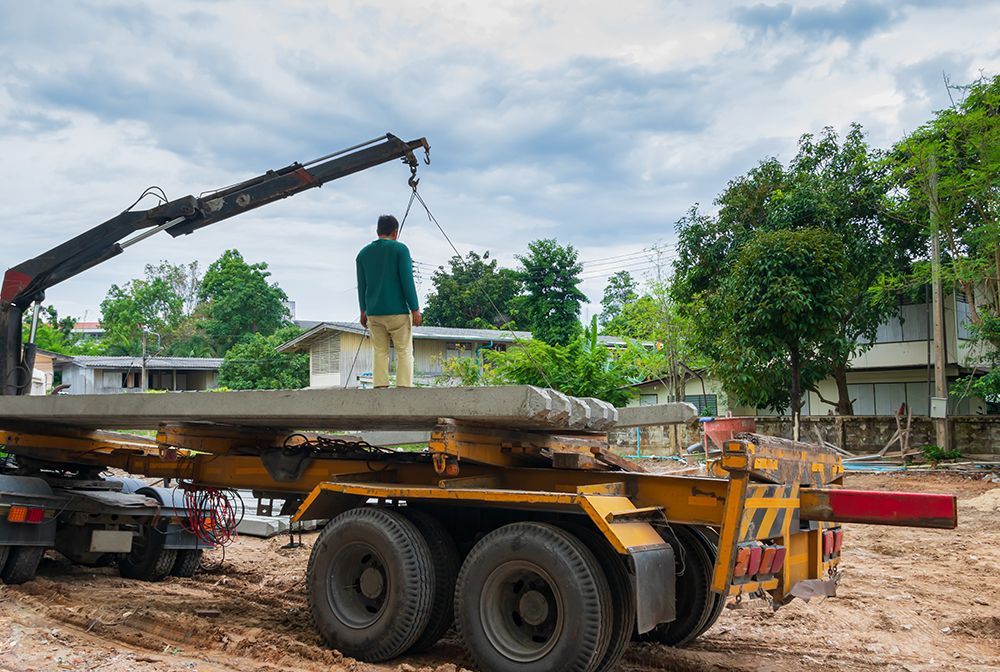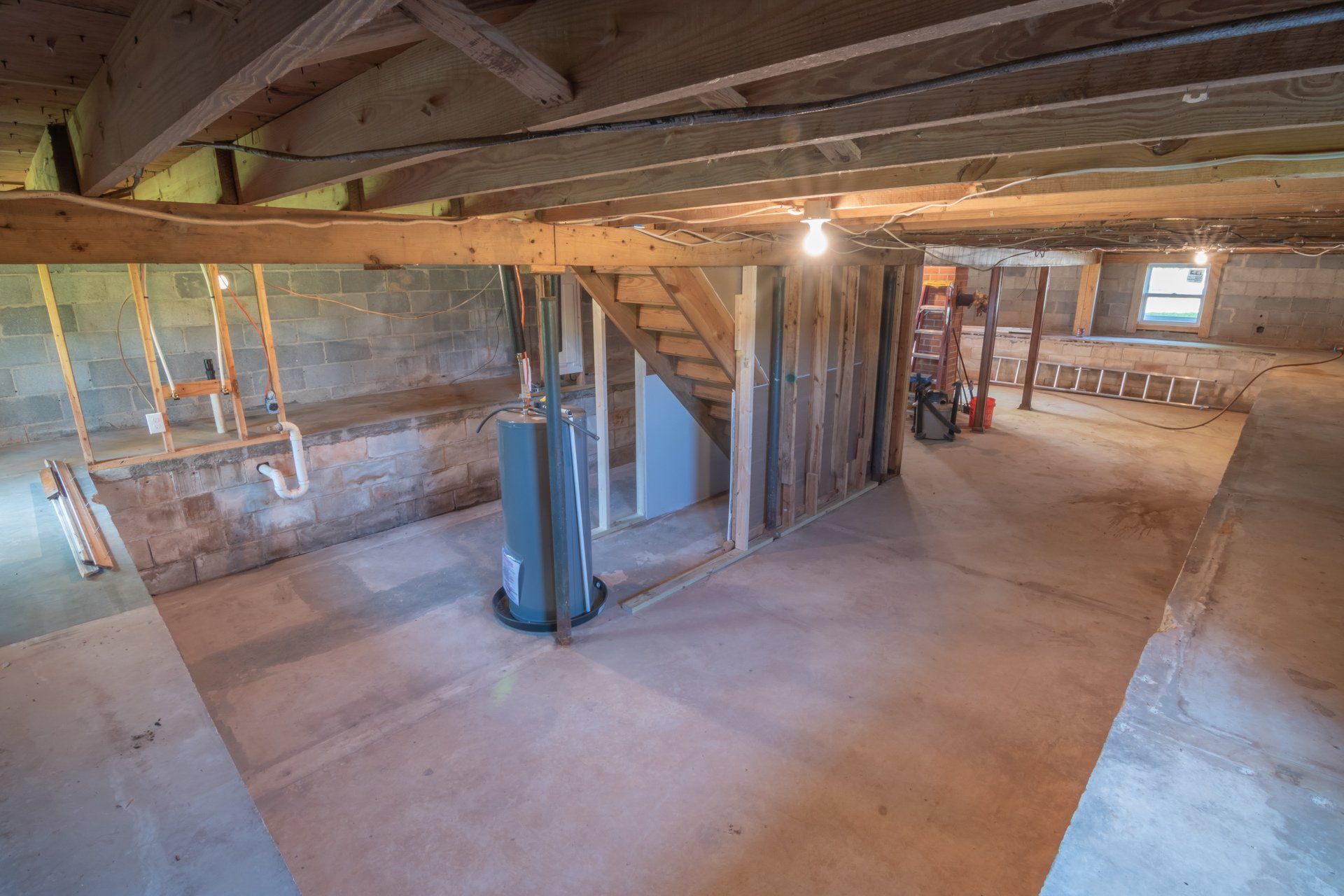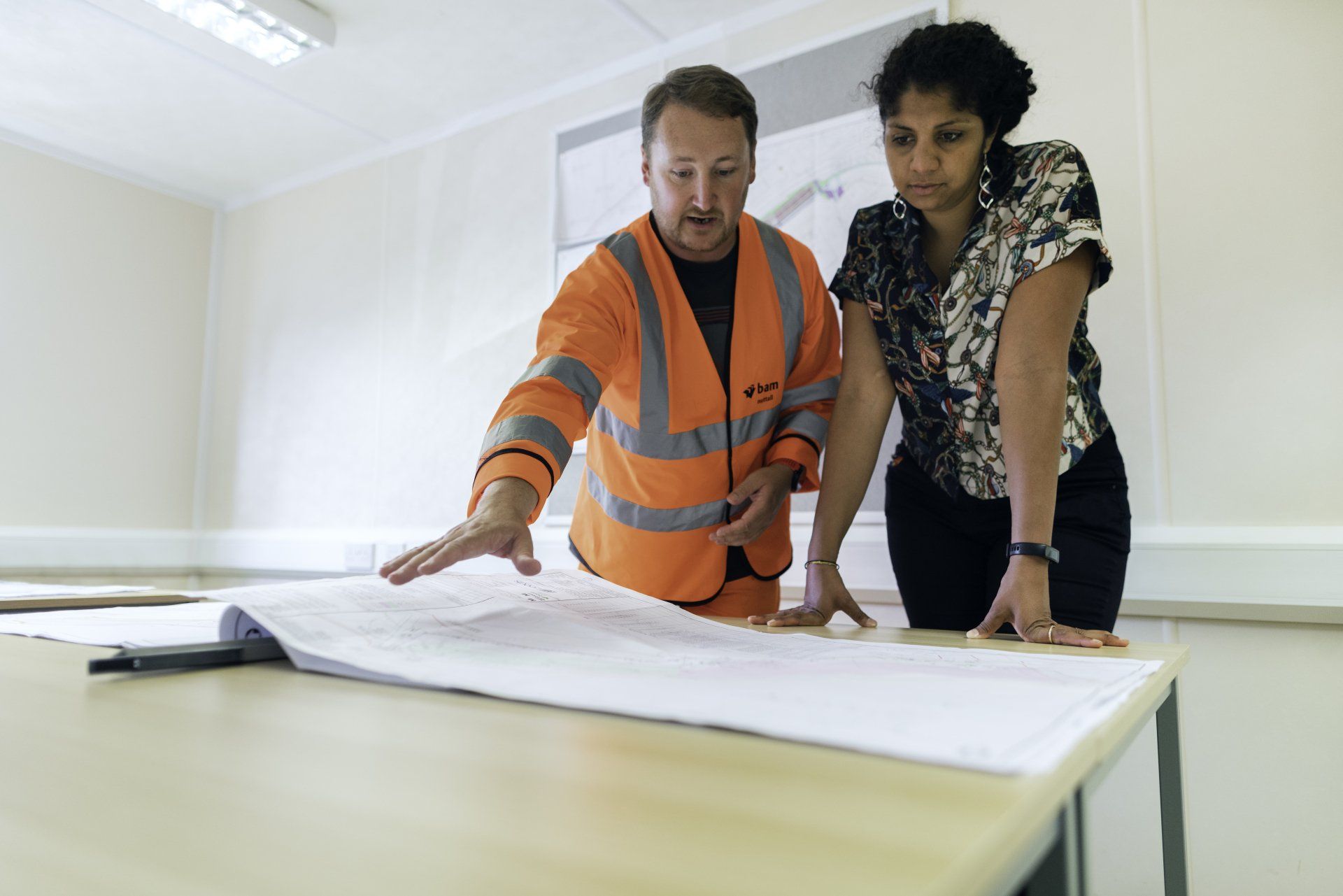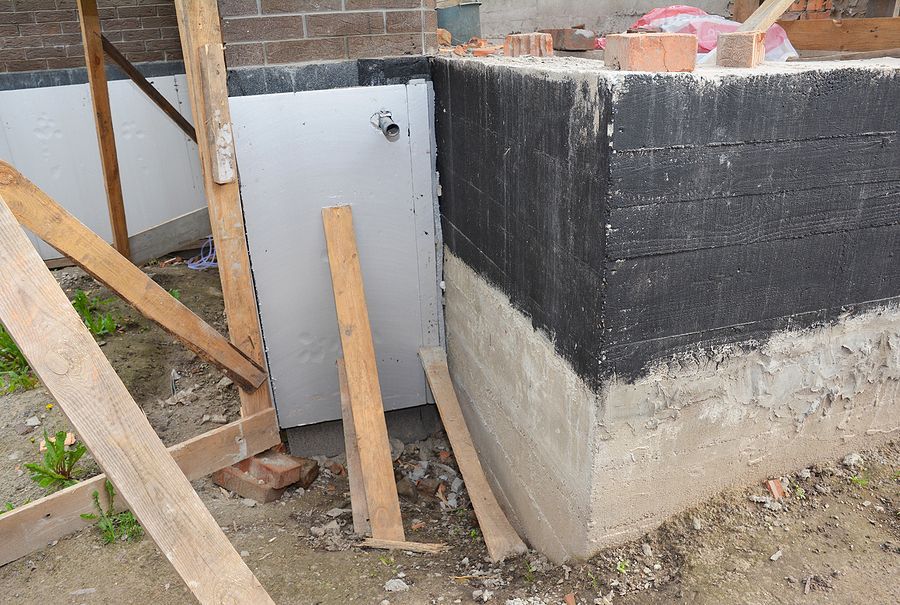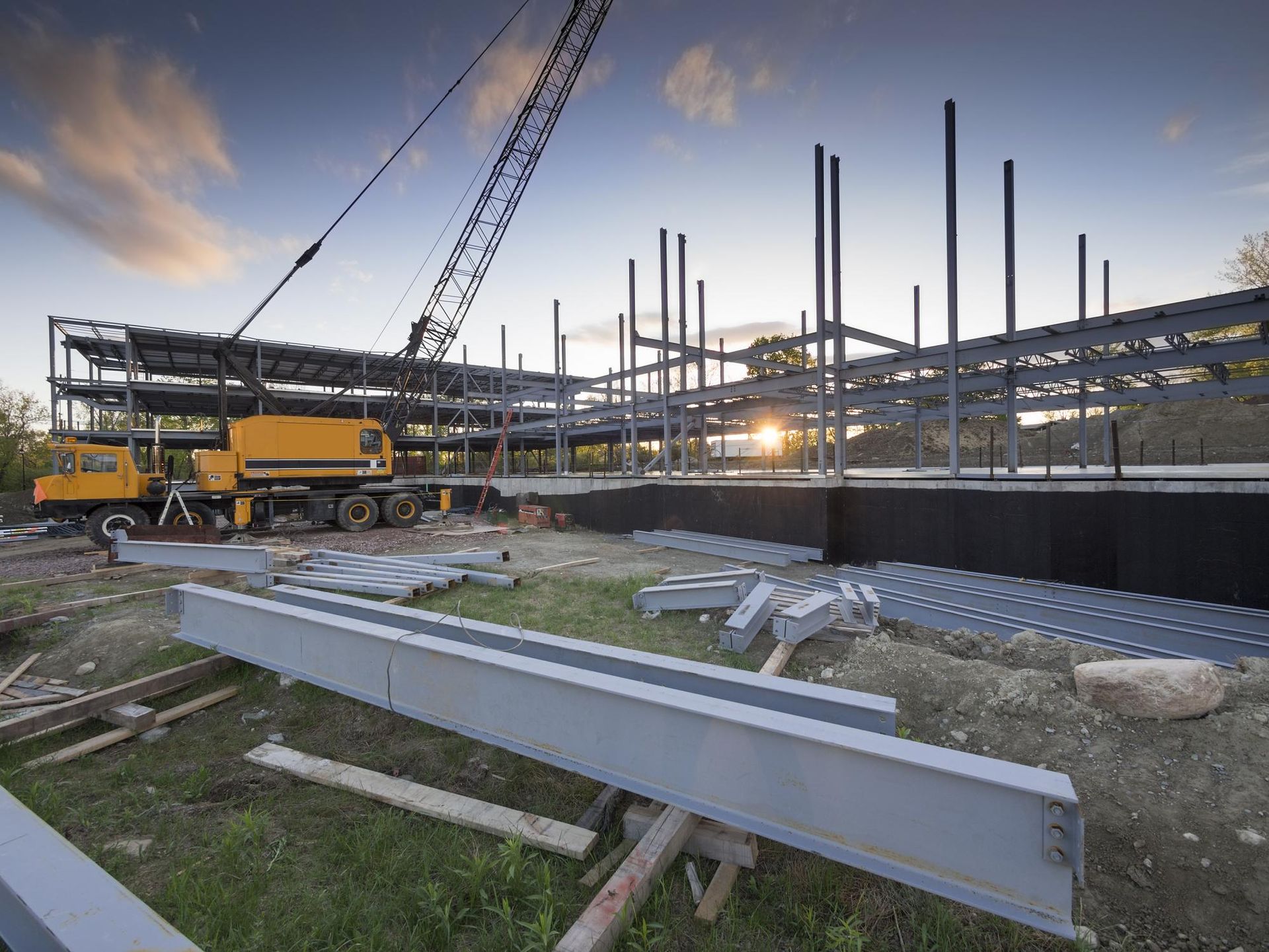Common Signs Your Home Needs Foundation Leveling
"Identifying Key Indicators for Essential Repairs: A Guide to Protecting Your Home's Foundation"
The foundation of your home is its structural bedrock. Over time, various factors can compromise the integrity of your foundation, leading to the need for corrective measures like foundation leveling. Recognizing the early signs of foundation problems is crucial in preventing extensive damage and costly repairs. This article delves into the common indicators that suggest your home may require foundation leveling, including slab leveling, wall repair, and addressing water damage.

The Basics of Foundation Leveling
Foundation leveling is the process of adjusting your home’s foundation to rectify uneven settling or sinking. This issue often arises in homes built on expansive soils that swell and shrink with moisture changes. Slab leveling is a specific type of foundation leveling for homes with a concrete slab foundation. It involves lifting and stabilizing the concrete slab to its original position.
Cracking Slabs: A Telltale Sign
One of the most apparent signs that your home requires foundation leveling is the presence of cracks in the slab foundation. These cracks can range from small hairline fractures to large, visible gaps. They typically indicate that the soil beneath your foundation is moving unevenly, causing stress on the concrete. Cracked slab repair is not just cosmetic; it is essential for maintaining the structural integrity of your home.
Unleveled and Uneven Floors
Uneven floors are a clear indicator of foundation problems. You might notice that certain areas of your floor are higher or lower than others, or that your floor has a noticeable slope. Leveling uneven floors is not only important for aesthetic reasons but also for safety, as uneven floors can pose a tripping hazard.
Wall Damage and Repairs
Walls can also show signs of foundation issues. Look for cracks in the wall, especially around doorframes and windows. These cracks can indicate that the foundation’s movement is affecting the entire structure of your home. Wall repair in these cases often goes hand in hand with foundation leveling to ensure that the structural issues are comprehensively addressed.
Water Damage: A Silent Culprit
Water damage can be both a cause and a symptom of foundation problems. Poor drainage or plumbing leaks can lead to excess moisture around your foundation, exacerbating soil movement and leading to foundation issues. Water damage wall repair, combined with slab foundation waterproofing, is crucial in protecting your foundation from further damage.
The Role of Foundation and Waterproofing
A strong foundation relies heavily on effective waterproofing. Moisture is one of the main enemies of a stable foundation. Ensuring that your foundation and the surrounding soil are properly waterproofed is key in preventing moisture-related foundation problems.
Professional Assessment and Repair
When you notice signs of foundation problems, it's essential to seek a professional assessment. Foundation leveling and repair are complex processes that require expertise and specialized equipment. A professional can determine the extent of the damage and the best course of action, whether it’s slab leveling, cracked slab repair, or addressing water damage.
Preventative Measures: Safeguarding Your Home
Preventative measures play a crucial role in maintaining the health of your foundation. Regular inspections can help catch issues early before they become major problems. Steps like proper drainage, maintaining consistent soil moisture levels, and regular plumbing checks can go a long way in preventing foundation damage.
Conclusion
Your home's foundation is its structural cornerstone. Recognizing the signs that indicate a need for foundation leveling is crucial for maintaining a safe and stable living environment. Whether it's slab leveling, wall repair, or addressing water damage, early detection and professional intervention can save you time, money, and ensure the longevity of your home. Remember, a little awareness and proactive care can go a long way in preserving your home’s foundation.

